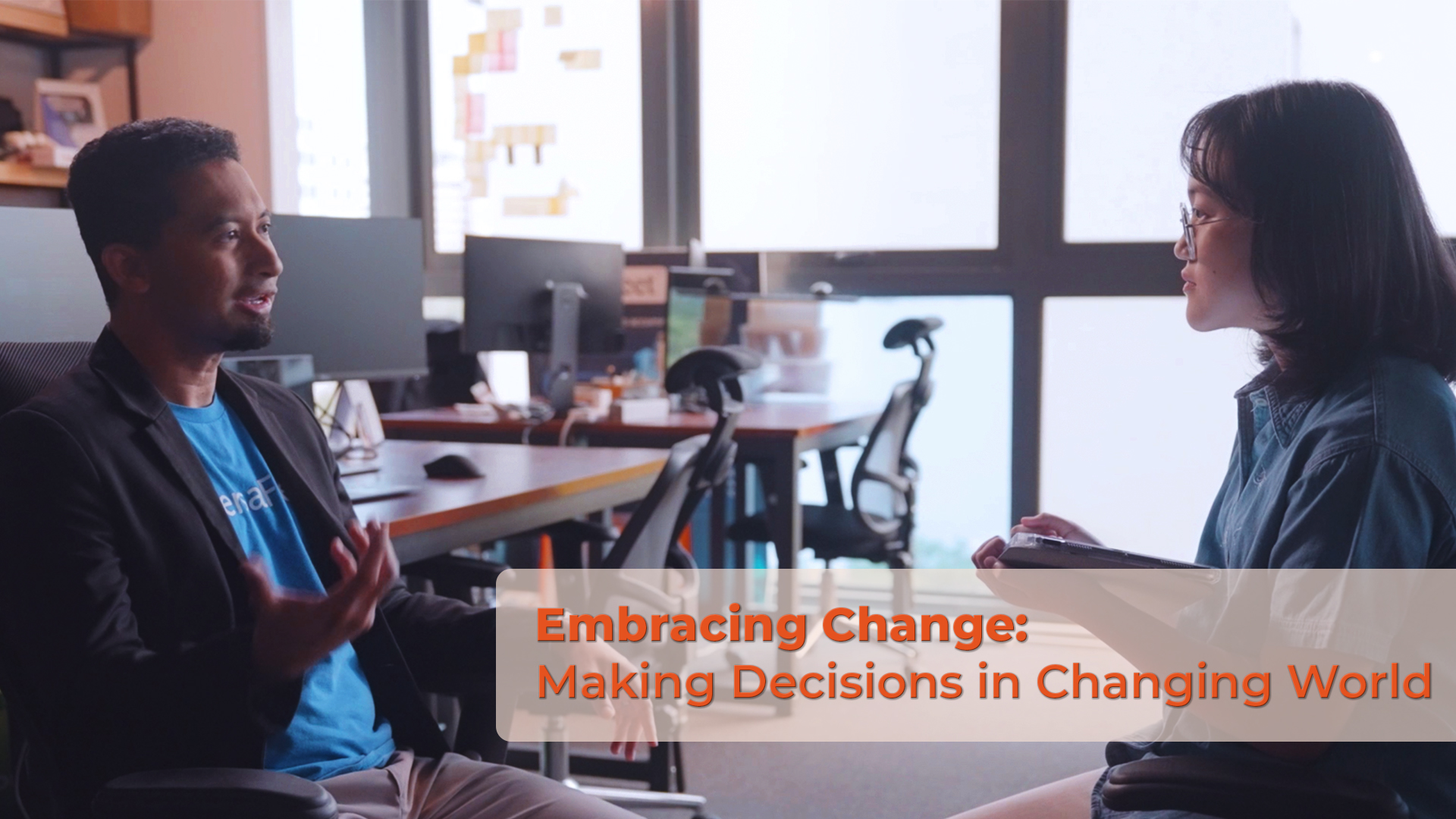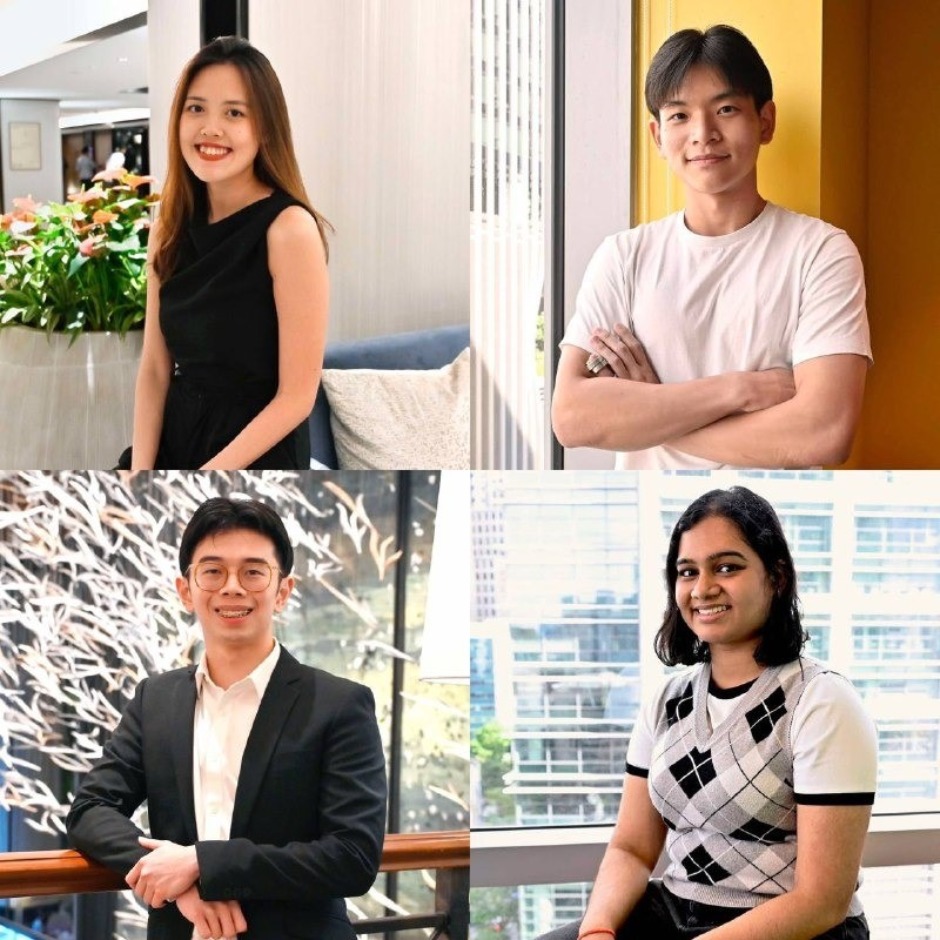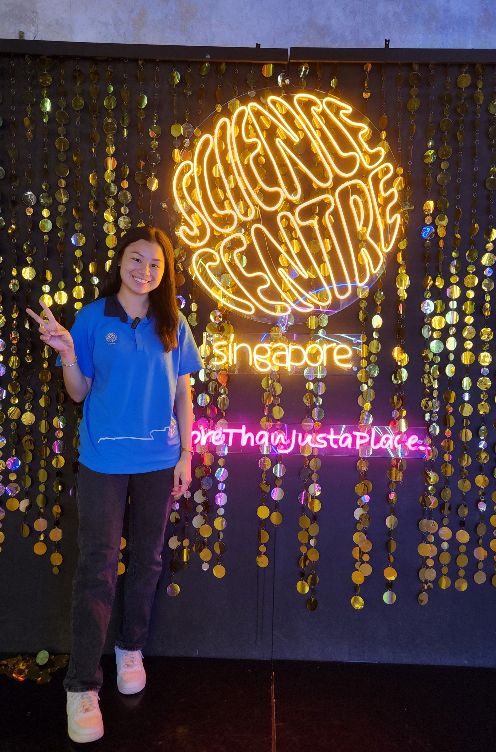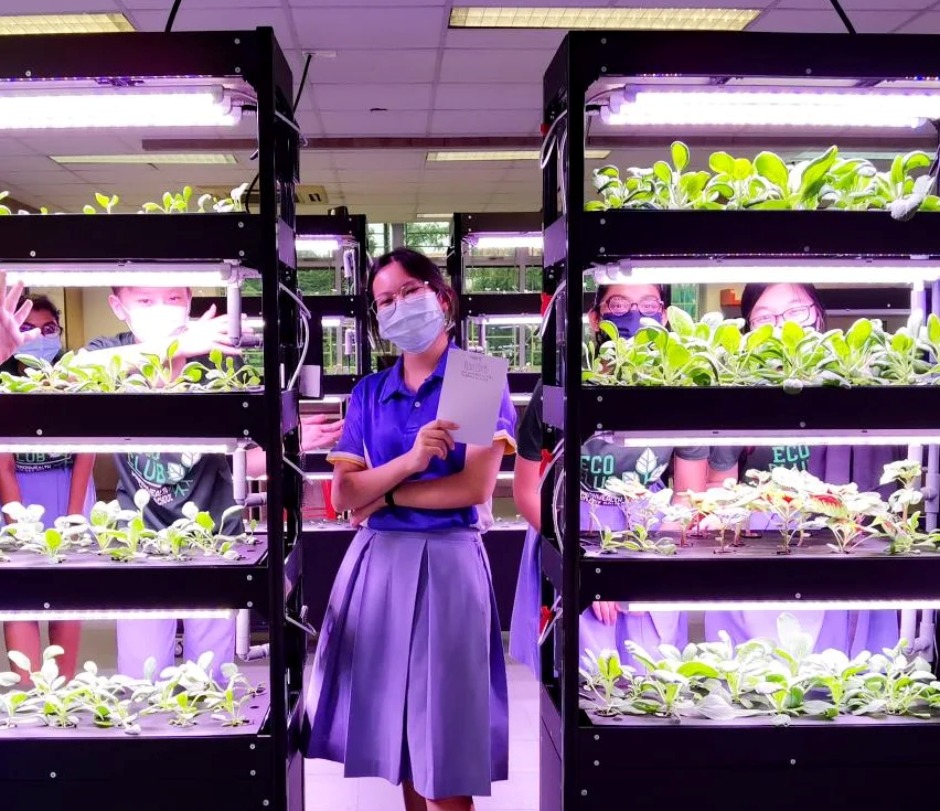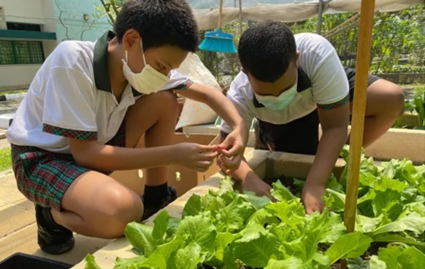Where Art Thrives
04 Nov 2016
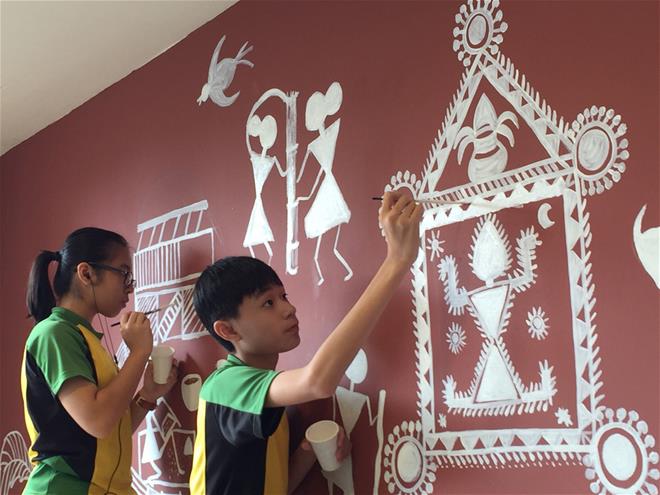
At Orchid Park Secondary School, making art accessible means transforming the school into a mini gallery.
Art is, quite literally, everywhere at Orchid Park Secondary School (OPSS). Many walls are adorned with drawings, paintings, banners, sculptures and all manner of art form.
The school displays all artwork created by past Secondary 1 students, never mind the standard – unless they’re damaged. That’s over 10 years worth of art. They’re fast running out of space, but as Ms Lee Mun Yee, HOD, Aesthetics, puts it, “It’s a happy problem. We might even consider displaying them on the ceilings.”
OPSS has a rich history in art as they also run the Visual Arts Niche Programme. Their students have participated in prestigious art competitions and even have artwork displayed at Chong Pang hawker centre and Khatib Central.
When it came time to decide on an Applied Learning Programme (ALP), it was a given that the school would capitalise on its strength.
The school believes that Visual Arts is important to a student’s holistic development and its vision is to help students develop into gracious and cultured individuals. The programme aims to extend art beyond the classroom. “Art is not just about holing up in the art room,” says Ms Lee. “It’s out there, in the community.”
Art is for everyone
The school coined the term ARTOPIA to drive its approach towards art education. A stands for Accessible; R is for Relevant and Responsive; T is for Talent and Interest-Driven; OP is the school’s initials; I is for Integrated; and A is for Authentic Learning.
Making art accessible is a big part of the school’s mission, and the concept of accessibility encompasses many facets, one of which is physical. “We’re situated in Yishun so we’re not able to bring our kids to the art gallery or museum often. So what do we do? We turn our school into an art gallery by displaying the students’ artwork,” says Ms Lee.
The other facet is fiscal accessibility. The school supplements art materials for the Lower Secondary level and also works with the bookshop to make supplies affordable. Upper Secondary students who are taking Art as an ‘O’ Level subject get doted on a bit more as the school provides them with more expensive art material, but that comes with certain expectations for them to put it to good use.
Finally, the school wants to make the learning process accessible by exposing students to different kinds of art. “A lot of students have this misconception that you either have talent or you don’t, but there are lots of in-betweens. You may not have talent for one thing but that doesn’t mean you can’t do art. You can be very good with colours although you may not be able to draw accurately. We give them different experiences to explore,” says Ms Lee.
This approach, however, runs in the background, as students are not explicitly aware that they’re participating in a specialised programme. “ALP is just the framework teachers use for our planning. We don’t want students to be affected by the labelling of a programme. As teachers, we are very clear about the outcomes we want. For students, this is just their learning process,” explains Ms Lee.
Living through art
The school runs two tiers for their ALP – Tier 1 is for all Lower Secondary students as well as Upper Secondary students who do not take Art, while Tier 2 is for Upper Secondary students who are taking Art as an ‘O’ Level subject. Activities are catered to the varying levels of expertise.
For example, the Secondary 1 National Education Learning Journey to the National Museum and Fort Canning has an art component, which includes information on the artifacts and architecture they see. And all Secondary 2 students have attended workshops and talks by renowned local batik artist Sarkasi Said, who is a frequent visitor to the school.
For the Upper Secondary students, the activities tend to give them wider exposure to the multiple facets of the art industries. They get to visit art galleries and art fairs and the school has also brought in art practitioners like illustrators from the Organisation of Illustrators Council Singapore to give talks and share their experiences.
“It’s good for them to hear from the practitioners’ mouths what is it like to earn a living through art. They can share their experiences and talk about their struggles, challenges and inspirations,” says Ms Lee.
Learning to express yourself
The school has received feedback from parents who are worried that their children may not be able to cope with what’s expected of them. On the flip side, there have also been letters from parents who say their children are enjoying the art lessons because of the level of detail in them.
Lee wants to reassure the worried parents. “Our assessments are done very encouragingly. We use formative assessment in such a way where the students can actually self-critique. We hope to build better cognitive skills, such that, when they look at their work and the expectations from the teachers, they will know what they have to do.”
“Learning art is only the vehicle,” says Ms Norlita Binte Marsuki, Subject Head, Aesthetics. “We believe in inculcating certain dispositions in students. Apart from doing the artwork, we want them to be able to express and reflect on their work and see what they have learned.”
“It may not be second nature now, which is why we make a deliberate effort. When students gets exposed to this year after year, they will go away with something that a conventional art programme will not give them.”

